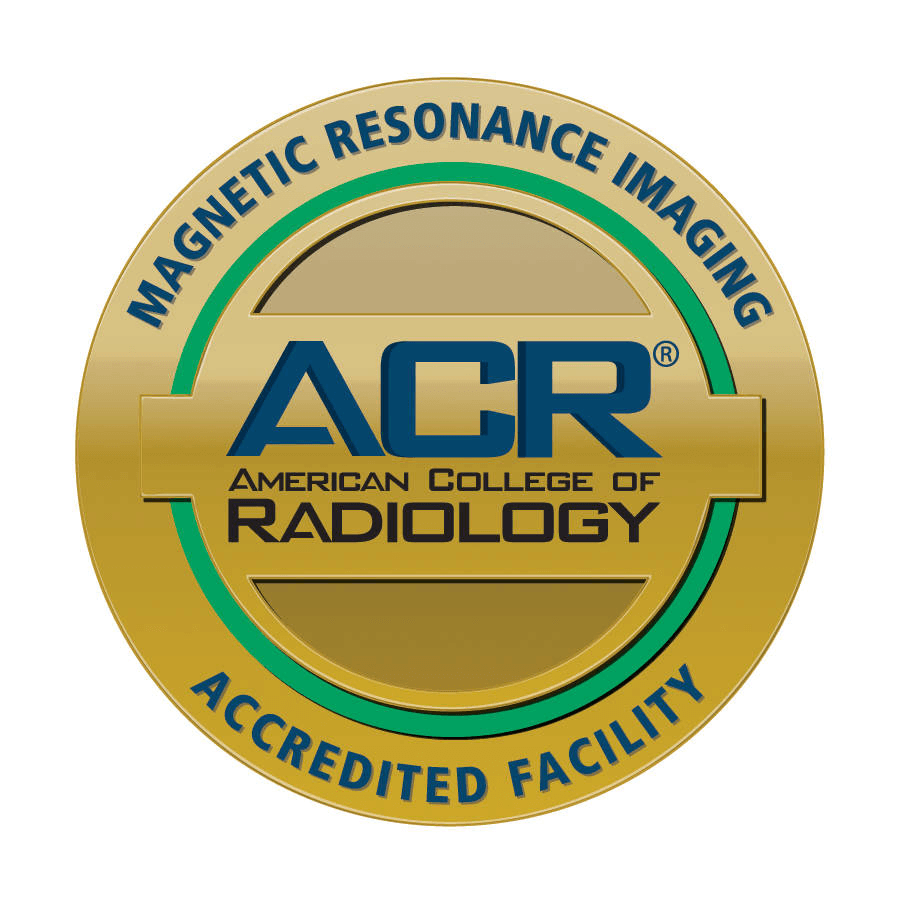
Choose English, Spanish or Portuguese Here
Head and Skull treatment at Pain & Disability Institute
Headache
Definition:
A pain in the head from any cause. See also benign headache; migraine headache, classical; migraine headache, common; tension headache; and the cluster headaches documents.
Alternative names:
Cephalalgia; pain in the head.
Considerations
Tension headache and migraine headaches account for 90% of all headaches.
Types
- Tension: muscle contraction
- Vascular: migraine headache or cluster headache
- Combination: tension and vascular
A headache that signals a potentially serious problem is one that:
- Involves sudden, violent pain
- It could signal an aneurysm
- Gets worse over time and includes other symptoms such as nausea and vomiting, speech changes, personality changes, etc.
- Although rare, it could be a brain tumor or a TIA ("mini-stroke")
- Includes nausea, vomiting, fever, and a stiff neck
- It could be a sign of meningitis
Common causes:
Tension headache is a common headache pattern that may or may not be associated with psychosocial stressors. Migraine headaches, which are often preceded by fatigue, depression, and visual disturbance (light flash, loss of peripheral vision, etc.).
Cluster headaches, which are a variation of the migraine, are characterized by:
- Pain that occurs mostly in men, while typical migraines are more common in women.
- Pain that is often situated behind an eye and usually the same eye.
- Pain that comes on very suddenly and without warning.
- Pain that peaks within 5 to 10 minutes and disappears in less than an hour.
- Pain that is often triggered by alcohol.
- Pain that will awaken a person from sleep and occur several times a day for weeks and then stop.
Other causes of headaches:
- Sinusitis
- Fever
- Alcoholic hangover
- PMS
- Anxiety
- Dental problems like toothaches
- Tumours
- Trauma
Diagnostic tests that may be performed include:
- head CT scan
- head MRI
- sinuses X-rays
- temporal artery biopsy
- lumbar puncture
Treatment:
- Medication
- Physical medicine rehabilitation
- Psychotherapy
Cerebral Palsy
Definition:
A group of disorders characterized by loss of movement or loss of other nerve functions, caused by injuries to the brain that occur during fetal development or near the time of birth.
Cerebral palsy results from injury to the cerebrum (the largest portion of the brain, involved with higher mental faculties, sensations, and voluntary muscle activities).
Classifications of cerebral palsy include spastic, dyskinetic, ataxic, and mixed cerebral palsy.
Symptoms:
- Seizures
- Muscle contractions
- Difficulty sucking or feeding
- Irregular breathing
- Delayed development of motor skills, such as reaching, sitting, rolling, crawling, walking, and so on
- Motormental retardation
- Mental retardation
- Speech abnormalities (dysarthria)
- Visual abnormalities
- Hearing abnormalities
- Spasticity
- Progressive joint contractures
- Limited range of motion
- Peg teeth
Signs and tests:
Examination indicates delayed development of motor skills in many cases. Infantile reflexes (such as sucking and startle) may persist past the age where they usually disappear. Muscle tremor or spasticity may be evident, with a tendency of infants to tuck their arms in toward their sides, scissors movements of the legs, or other abnormal movements.
Diagnostic Tests:
- MRI of the head demonstrates structural or congenital abnormalities
- CT scan of the head demonstrates structural or congenital abnormalities
- hearing screen (to determine auditory status)
- visual testing (to determine visual status)
- EEG
Treatment:
- Physical medicine rehabilitation
- Medications
- To reduce spasticity, tremors and convulsions
- Surgery may be needed in some cases to release joint contractures which are a progressive problem associated with spasticity.
Cerebral palsy is a lifelong disorder. Long-term care may be required. The disorder does not affect expected length of life. The extent of disability varies.
Multiple Sclerosis
Background:
Multiple Sclerosis (MS) is an idiopathic inflammatory demyelinating disease of the central nervous system, most commonly presenting as an individual mix of neuropsychological dysfunction which tends to progress over years to decades.
The diagnosis is based on a classic presentation (i.e., optic neuritis, transverse myelitis, internuclear ophthalmoplegia or paresthesias) with other neurologic abnormalities scattered in time and space as identified by patient history and exam, together with typical findings on MRI.
- In the U.S.: MS is the most common debilitating illness among young adults. The prevalence is 0.5-1:1000 with a 0.2% lifetime risk for the general population. There are approximately 25,000 new cases each year.
- Internationally: Approximately 1:1,000,000
Sex: Women are affected almost 2:1 more often throughout adulthood.
Causes: MS is commonly believed to result from an autoimmune process.
Tests:
- Lab Studies
- Blood Work
- CT Scan Head
- MRI
- CT of the Cervical Vertebra
- Cerebrospinal Fluid (CSF)
Treatment:
- Medication
- Physical Medicine Rehabilitation
Serving Northern New Jersey for Over 40 Years






